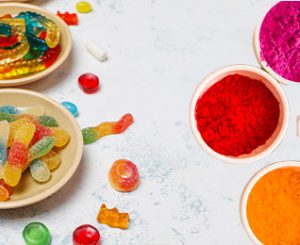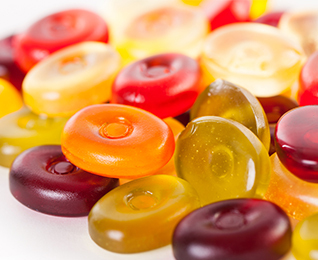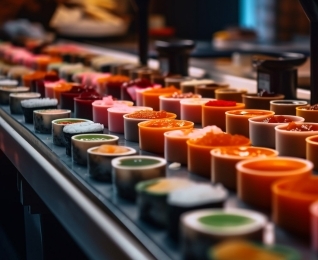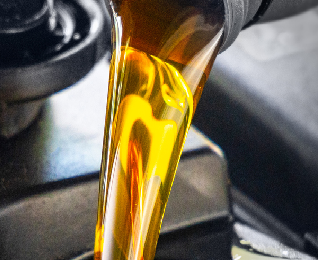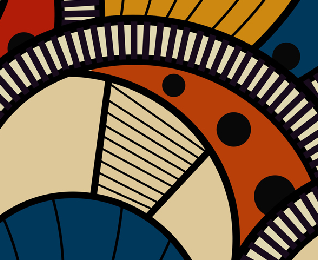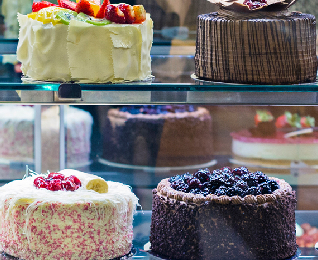Presentation is the key in the food industry...

Synthetic Food Colours and Applications
We at Saujanya Exports are synthetic food colours suppliers and manufacturers among other types of colours, dyes and pigments. We have been in this business for over 50 years and have accumulated a lot of experience. Through this blog, we want to share all there is to know about synthetic food colours.
What Are Synthetic Food Colours
Food dyes are chemical substances that are used to enhance and augment the appearance of food by imparting it with a synthetic colour. Food colours are dyes, pigments and colourants used to impart colour onto foodstuff, food items, and different kinds of food. E.g., a red lollipop has that colour due to the addition of food colour into the candy.
A synthetic food colour is a chemical compound that has been created in a laboratory. Synthetic food colour manufacturers create these artificial colours by usually combining and mixing two or more dyes or pigments into an entirely new compound. This resulting chemical compound is used to give foods their bright and vibrant colours.
Food colouring is not a new concept at all as colours have been added to food for hundreds of years but synthetic colours are indeed a newer and recent concept. The first artificial food colour was made in 1856 from coal tar.
Types of Synthetic Food Colours
Regulatory agencies like the US Food and Drug Administration [FDA] and the European Food Safety Authority [EFSA] manage and regulate the usage of synthetic colours. They allow only a few types of synthetic colours to be used in food. They are:
- Yellow No. 6/Sunset Yellow: This colourant of orange-yellow colour which has applications in candy, sauces, baked goods and preserved fruits.
- Yellow No. 5/Tartrazine: This colourant of lemon-yellow colour which has applications in candy, soft drinks, chips, popcorn and cereals.
- Red No. 40/Allura Red: This colourant of dark red colour which has applications in sports drinks, candy, condiments and cereals.
- Red No. 3/Erythrosine: This colourant of cherry-red colour which has applications in candy, popsicles and cake-decorating gels.
- Blue No. 2/Indigo Carmine: This colourant of royal blue colour which has applications in candy, ice cream, cereal and snacks.
- Blue No. 1/Brilliant Blue: This colourant of greenish-blue colour which has applications in ice cream, canned peas, packaged soups, popsicles and icings.
The USFDA and EFSA have a few exceptions. E.g., in the US, the FDA allows Green No. 3 or Fast Green FCF unlike the ESFA and in Europe, the EFSA allows Quinoline Yellow, Carmoisine and Ponceau unlike the FDA.
In India, the regulatory agency is called the National Food and Drug Administration and Control (NFDAC). The following food colours are permitted in India: Yellow No. 6/Sunset Yellow FCF, Yellow No. 5/Tartrazine, Red No. 3/Erythrosine, Red No. 18/Ponceau 4R, Red No. 10/Carmoisine, Green No. 3/Fast Green FCF, Blue No. 2/Indigo Carmine, Blue No. 1/Brilliant Blue FCF.
In all, there are 3 main categories of food colours. They are Primary Food colours, Blended colours and Lake Colours. In detail they are:
Primary Food Colours
Primary food colours are water-soluble colours that have many different uses in both food and other industries. Other than in food they are used in pharmaceuticals, cosmetics and many other industries. Some types of primary colours are Quinoline Yellow, Carmoisine, Tartrazine and Erythrosine.
Blended Food Colours
Lake Food Colours
Merits of Synthetic Food Colours
Synthetic food colours have several advantages over natural dyes. They are cheaper as they are easier to source and they are easier to produce. They also don’t contain any potentially harmful heavy metals such as cadmium, mercury and arsenic.
Synthetic food dyes are used to improve the appearance of food which helps consumers and customers find foodstuffs to be more appealing. E.g., babies and kids can be persuaded to eat food they dislike if the food is of appealing colour and look.
Also, unlike natural colours, they are brighter, more stable, cheaper, and available in a wider range of colour options.
Demerits of Synthetic Food Colours
While much of the demerits of synthetic colours has reduced as they are now only allowed to be used after extensive research and testing by regulatory agencies. A few demerits include the fact that research shows that these colours may cause hyperactivity in sensitive children. There is also a chance that some colours may contain contaminants that may be carcinogenic, though further extensive research is needed to prove this. There is also a high possibility that many people may have allergic reactions to synthetic food colours.
Applications of Synthetic Food Colours
These are some of the various applications and uses of synthetic food colours:
- Baked Goods: Synthetic food colours are used in biscuits, cakes, etc to impart colour into them. They are also used to colour cake decoration materials like buttercream and fondant.
- Beverages: Colours are used in the manufacturing of cold drinks, soft drinks, energy drinks, juices, dry mixes etc.
- Confectionery Items: These colours are used to make jellies, chewing gum, cream/paste, gums, etc.
- Dairy and Ice cream: These colours are used to give colour to various dairy products including ice cream. E.g., strawberry ice cream.
- Other Uses: In addition to the above uses, synthetic food colours are also used to give colours to meats, savouries, seafood, pet food, etc.

